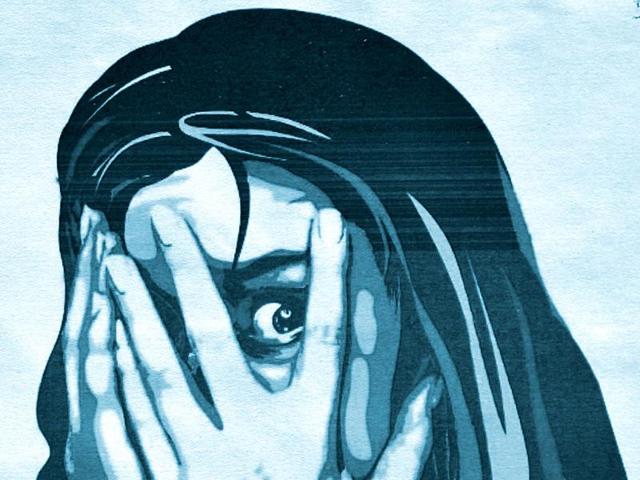A life of pain and penury
Despite numerous attacks, there are no street protests demanding justice for the victims of acid violence. No campaigns for the basic demand for the ban of acid sales, writes Namita Bhandare.
Speaking in a clear, sing-song tone, Laxmi says she cannot forget that day on April 22, 2005 when acid was thrown on her face.

The man who attacked her was the 32-year-old brother of a friend who wanted to marry her. Because she had rebuffed him, he tracked her down to the market where she had gone to buy a book.
When she finally reached the hospital, doctors had to douse her with 22 buckets of water. “I clung to my father when he arrived and his shirt just dissolved.” She was 15 years old.
When acid first comes into contact with skin, it feels wet and cool. Excruciating pain follows within milliseconds. The acid corrodes skin and flesh to reach the bone. When thrown at the face, it melts away eyes, ears, nose, lips, mouth and eyelids.
It takes five seconds to cause superficial burns, 30 to result in full-thickness burns. Deeper wounds hurt less because they burn off the nerve cells.
In the days that follow, the burned skin dies and turns black and leathery, details a 2011 report on acid attacks by the Cornell Law School.
If this skin is not removed, the new skin that forms creates more scarring. Victims are most vulnerable to infection, including organ failure, at this stage.
Younger victims, especially children whose bodies are still growing, require staged surgeries and constant physical therapy to ensure that scarred tissue remains elastic. Laxmi has undergone seven surgeries, including to reconstruct her nose, and still needs more.
When we see a victim of this gruesome crime, our instinct is to turn away. But how do you ignore cold statistics?
The home ministry estimates there have been 500 acid attacks in the last four years — one in less than three days.
In Delhi, there have been 56 acid attacks — all women who in 98% cases were attacked by rejected suitors — between February and April. This is not a law and order ‘problem’. This is a crisis.
You can buy hydrochloric, nitric and sulphuric acid for as little as Rs. 16 a litre at your local store. Moreover, our slow legal process arms perpetrators with impunity. Until early this year acid violence came under the broad umbrella of ‘grievous hurt’.
The new law makes acid attacks punishable by a minimum of 10 years and a maximum Rs. 10 lakh fine. How those who don’t have the funds will pay is unclear.
Life after acid violence is an unending round of medical treatment, emotional scarring, penury and, worse, social ostracisation.
“In the market, mothers pull their children away,” says Laxmi. Still, she managed to complete her Class 10 and took courses in tailoring and computers. But nobody wants to hire a person with such hideous disfigurement, she says.
Her father who spent his savings on her treatment died and it’s her job with the organisation, Stop Acid Attacks that keeps her financially afloat. Meanwhile, her attacker was released on bail, got married and had two children before being sentenced to 10 years imprisonment.
In 2006, Laxmi filed a PIL in the Supreme Court asking for state compensation, rehabilitation and free medical treatment for all victims as well as the regulation of the sale of acid.
“To open a bank account, you need so many verifications. But anyone can walk into a shop and buy a bottle of acid,” she says. In 2002 Bangladesh passed a law regulating acid sale and brought attacks down by 20% a year.
Following a Supreme Court rebuke, the home secretary finally held a meeting last month of state chief secretaries to discuss the regulation of the sale of acid. But, says Laxmi’s lawyer, Aparna Bhat, “There is complete bureaucratic apathy. Nobody cares.”
There are no street protests demanding justice for the victims of acid violence. No candlelight vigils for victims condemned to a life of hell. No campaigns for the most basic demand for the ban of acid sales.
“I’m lucky,” says Laxmi. “So many others lead a life worse than death.” So many.
Twitter: @namitabhandare
The views expressed by the author are personal




